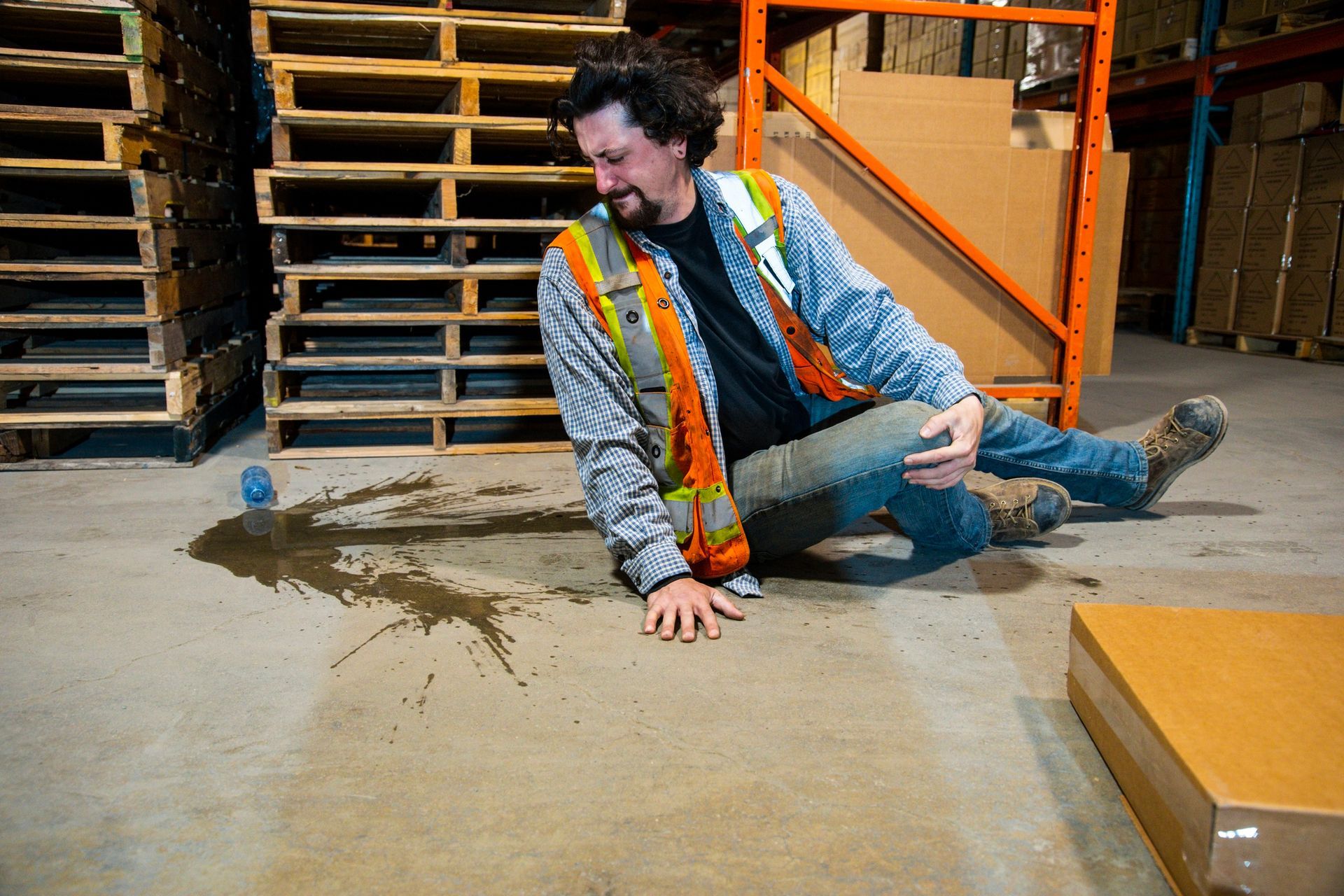Book a free no obligation consultation
CONSTRUCTION SITE ACCIDENTS
Renovation, Rehabilitation and...Injury
RENEWAL AND RENOVATION
Spring is a time of renewal--of homes, buildings, roads and bridges. Construction on small and large scales is everywhere, from home renovations to highway reconstruction. As a result, we are constantly forced to navigate dangerous conditions, while driving, walking and bicycling. Construction sites are inherently dangerous places, and not just for the workers who face these dangers every day. Bystanders and visitors to these sites also face substantial risk, particularly when site owners and managers fail to employ reasonable safety measures. In some areas, pedestrians or bicycle riders are forced to pass by construction zones. The last thing they expect is to be struck in the head by debris being thrown from a roof or run over by a construction site vehicle, but these unfortunate events are quite possible in and around construction sites.
The most common types of injuries come from falling debris, slip and fall accidents, and construction vehicle accidents. Falling debris is one of the leading causes of construction site injuries to workers, pedestrians, bystanders and visitors. Although barricades are often put in place to keep pedestrians at a safe distance from construction sites, sometimes they are improperly placed and walkers are hit by falling objects. Individuals can also suffer construction site injuries from falling tools, equipment like large cranes, and defective machinery. It is quite easy to trip over materials or fall into ditches or holes that are not properly marked. Other common injuries incurred at construction sites include:
* being struck by a tool or construction material that is dropped from an overhead location
- illness or injury from exposure to toxic or noxious construction chemicals
- slip and falls on uneven or unstable surfaces or over debris that has not been removed from walkways
- injuries from impacts with construction vehicles
- electrical shock from power sources that are not properly shielded.
TAKE PRECAUTIONS
It is vital to require all visitors to wear hard hats, advise them of how to take precautions and post clear warning signs on the site. A safety perimeter should be established around the area of construction, so that pedestrians, bicyclists and cars do not get close enough to the site to be injured. Signs notifying people of the construction should be posted, giving people enough time to alter their route or at least slow down when approaching the construction. Orange cones—those ubiquitous symbols announcing that Spring is here and delays are ahead—should be placed around a site if there are hazards on the road or lawn that people might not see right away or get too near.
LIABILITY
Construction site injuries can lead to costly medical bills, time spent off work, emotional distress and other long-term consequences. A construction company may be liable for an injury that happens due to negligence on the site, or a homeowner and their contractor could be liable if home renovations are not done with proper precautions and result in injury. If you’ve sustained construction site injuries, you must prove that the company or contractor had a duty of care to keep the construction area safe, that they breached that duty, and that the breach caused you injury or harm. The construction site owner and all contractors performing services at the site owe guests and bystanders a duty of care to keep them from being injured when they are visiting or walking by the site. An injured visitor or bystander can sue the party that failed to live up to that duty of care for damages to compensate for losses and injuries.
Among other duties, a construction site owner or manager is obligated to mark or warn about safety hazards that cannot be remedied, to erect scaffolds and overhead barriers to protect guests from falling construction debris, to cover or fix broken pavement and open trenches, to eliminate or provide pathways around slippery or uneven surfaces, and to protect guests from exposure to hazardous materials. An injured construction site visitor can sue the site owner for premises liability if his or her injuries were the direct and proximate result of the owner’s failure to meet these obligations.
CONTACT A PERSONAL INJURY ATTORNEY
If you or someone you know has been injured near a construction site, contact Dave Thomas at The Thomas Law Firm for a free evaluation of your legal rights.
How Can You Get in Touch?
If you want to set up a free, no-obligation consultation, call us at
678-264-8348 or contact us online. We will be happy to meet with you.
Browse Our Website
Contact Information
Phone
Fax
800-358-7082
Address
5901 Peachtree Dunwoody Road, Bld. A, Suite 220, Sandy Springs, GA 30328
Business Hours
- Mon - Fri
- -
- Saturday
- Appointment Only
- Sunday
- Closed
Our Location





